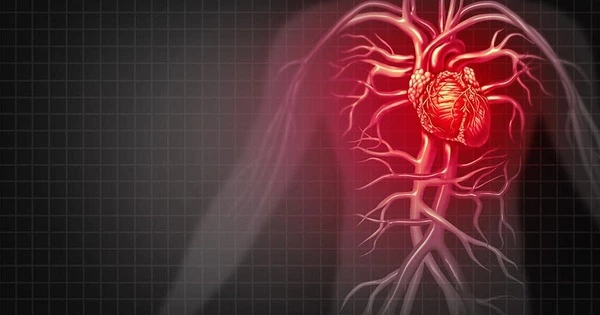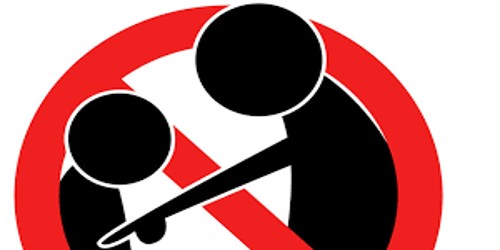The erratic heartbeat, fatigue, and other incapacitating symptoms are well known to the millions of people affected by atrial fibrillation. Some people with afib have no outward symptoms, but they are still at risk of serious and long-term heart damage. Whether or not there are symptoms, rate control is the treatment of choice, particularly among healthcare providers who are unfamiliar with afib treatment options. However, this treatment effectively suspends afib patients in a “waiting and watching” state, leaving them in limbo with a reduced quality of life and an increased risk of stroke.
A national study led by UBC researchers at the Centre for Cardiovascular Innovation sheds light on how to more effectively treat atrial fibrillation (AF), a common heart rhythm problem associated with an increased risk of stroke and heart failure.
The study, published today in The New England Journal of Medicine, shows that early intervention with cryoballoon catheter ablation (cryoablation) is more effective at reducing the risk of serious long-term health consequences than the current first step in treatment, antiarrhythmic drugs.
“By treating patients with cryoablation right from the start, we see fewer people advancing to persistent, more life-threatening forms of atrial fibrillation,” says Dr. Jason Andrade, an associate professor of medicine at UBC and director of Heart Rhythm Services at Vancouver General Hospital. “In the short term, this can mean less recurrences of arrhythmia, improved quality of life and fewer visits to the hospital. In the long run, this can translate into a reduced risk of stroke and other serious heart problems.”
By treating patients with cryoablation right from the start, we see fewer people advancing to persistent, more life-threatening forms of atrial fibrillation. In the short term, this can mean less recurrences of arrhythmia, improved quality of life and fewer visits to the hospital.
Dr. Jason Andrade
Cryoablation is a minimally invasive procedure that involves guiding a small tube into the heart to kill problematic tissue with cold temperatures. Historically, the procedure has been reserved as a secondary treatment when patients don’t respond to antiarrhythmic drugs.
“This study adds to the growing body of evidence that early intervention with cryoablation may be a more effective initial therapy in the appropriate patients,” says Dr. Andrade.
Early intervention halts disease progression
AF affects approximately 3% of the population, or more than one million Canadians. While the condition begins as an isolated electrical disorder, each recurring incident can cause electrical and structural changes in the heart, which can lead to longer-lasting events known as persistent AF (episodes lasting more than seven continuous days).
“Atrial fibrillation is like a snowball rolling down a hill. With each atrial fibrillation episode, the heart undergoes progressive changes, and the heart rhythm problem worsens” explains Dr. Andrade.

The new findings, stemming from a multi-site clinical trial, show that cryoablation can stop this snowball effect. For the trial, the pan-Canadian research team enrolled 303 patients with AF at 18 sites across Canada. Half of the patients were randomly selected to receive antiarrhythmic drugs, while the other half were treated with cryoablation. All patients received an implantable monitoring device that recorded their cardiac activity throughout the study period.
After three years, the researchers found that patients in the cryoablation group were less likely to progress to persistent AF compared to patients treated with antiarrhythmic drugs. Over the follow-up period, the cryoablation patients also had lower rates of hospitalization and experienced fewer serious adverse health events that resulted in death, functional disability or prolonged hospitalization.
Addressing the root cause
Because cryoablation targets and destroys the cells that initiate and perpetuate AF, the researchers believe it will provide longer-term benefits.
“With cryoablation, we’re treating the cause of the condition rather than masking the symptoms,” explains Dr. Andrade. “If we start with cryoablation, we might be able to fix atrial fibrillation early on.”
The new study builds on a previous paper in which Dr. Andrade and his colleagues demonstrated that cryoablation was more effective than antiarrhythmic drugs in reducing the short-term recurrence of atrial fibrillation.
According to the researchers, more effective early interventions would benefit both patients and the health-care system. Currently, the costs of providing atrial fibrillation-related care are estimated to be 2.5 percent of total annual health-care expenditures. These costs are expected to rise by 4% over the next two decades.
“The evidence suggests that it is past time to reconsider how we treat atrial fibrillation. We can keep people healthy, happy, and out of the hospital with effective early intervention, which would be a huge benefit to patients and their families, as well as our entire health system.”
















